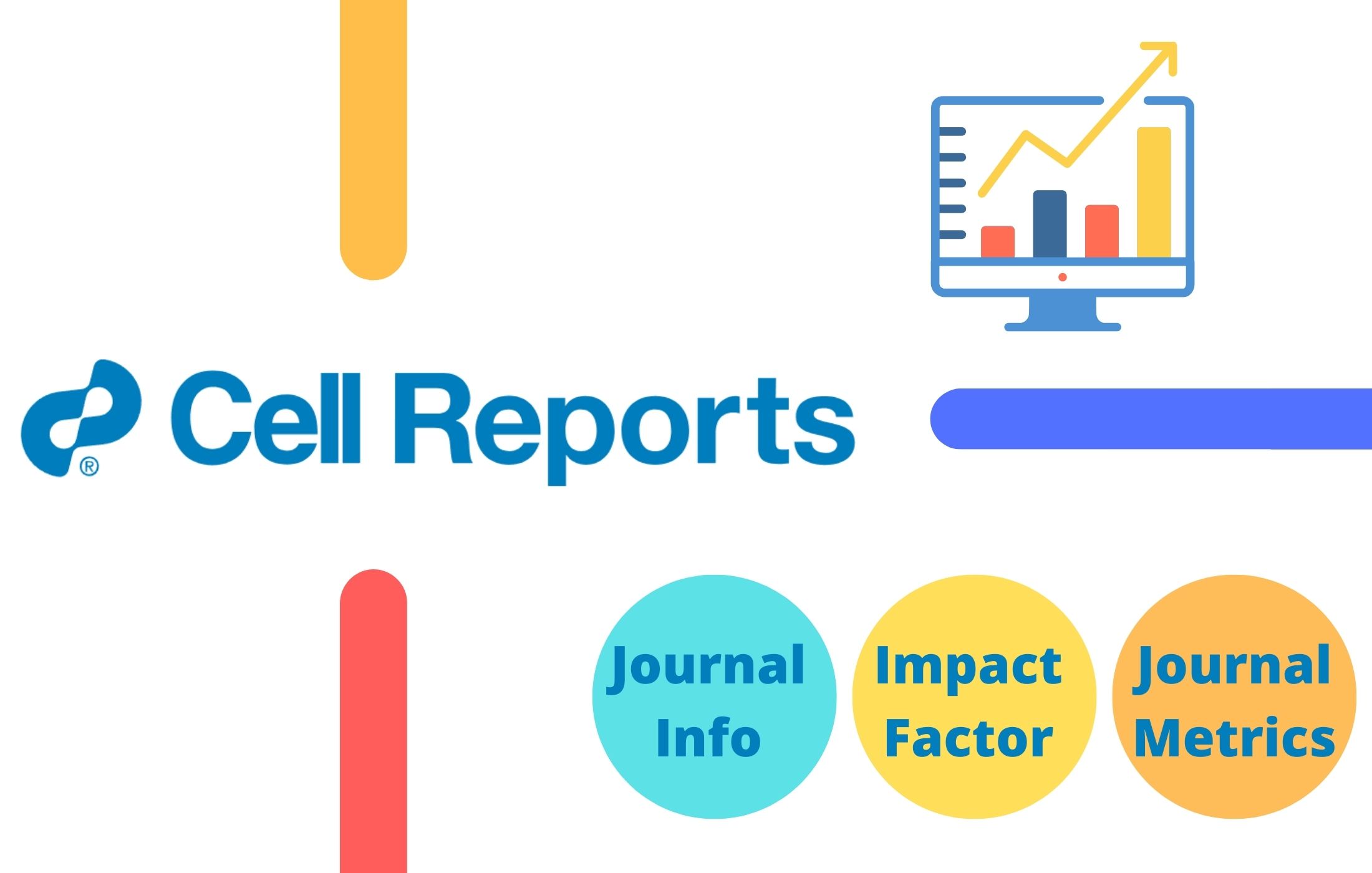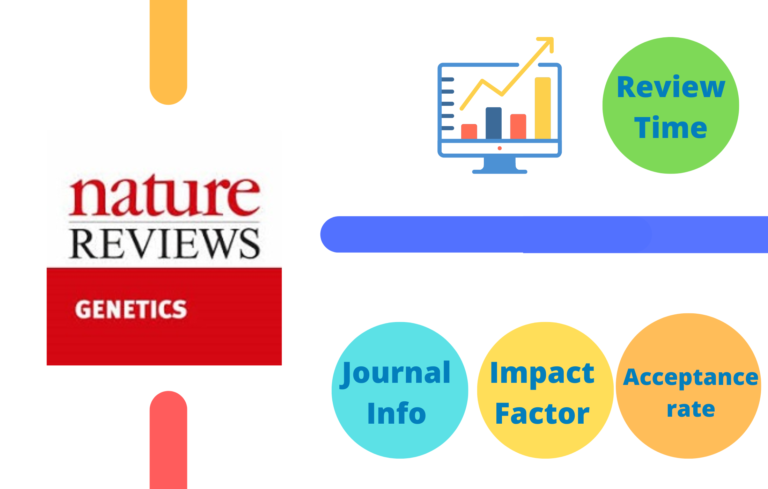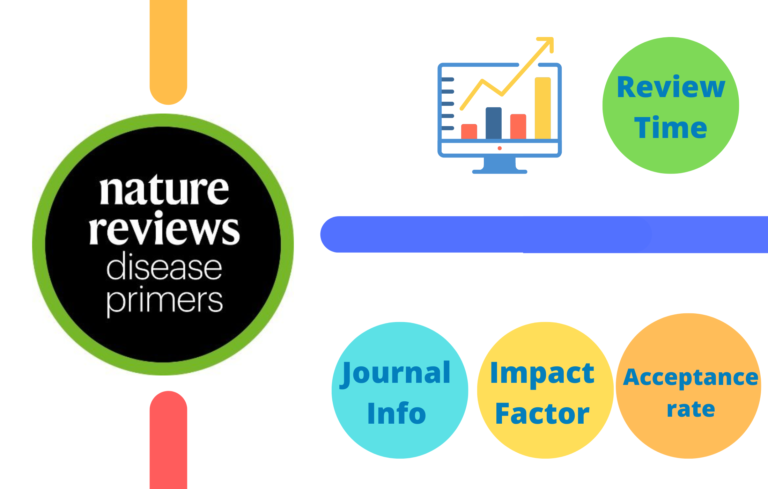Here in this post, apart from Cell Reports Impact Factor, I have tried to compile all the necessary information a research scholar would seek before publishing an article in the journal.
About Cell Reports Journal
Cell Reports is a peer-reviewed scientific journal publishing research papers across a broad range of disciplines within the life sciences.
The journal was established in 2012 and is the first open-access journal published by Cell Press.
Cell Reports Impact Factor
Impact Factor (IF) or often called journal impact factor (JIF) is an index provided by an analytics company named Clarivate. The impact factor is calculated by dividing the number of times the articles are cited in the last two years by the total number of publications in those two years.
- Total Citations in 2020 and 2021 = 500
- Total Number of Publications in 2020 and 2021 = 100
- Impact Factor of the Journal in 2022 = 500/100 = 5
Cell Reports Impact Factor (2019-2022)
- Cell Reports Impact Factor 2017 – 8.032
- Cell Reports Impact Factor 2018 – 7.815
- Cell Reports Impact Factor 2019 – 8.109
- Cell Reports Impact Factor 2020 – 9.423
- Cell Reports Impact Factor 2021 – 9.995
- Cell Reports Impact Factor 2022 – 8.8 (updated 29 June 2023)
Cell Reports Impact Factor 2022
Cell Reports H-index
The h index is a metric for evaluating the cumulative impact of an author’s scholarly output and performance; measures quantity with quality by comparing publications to citations.

The h index of Cell Reports Journal is 177, which means among all the published articles in this journal, 177 of these publications have received at least 177 citations each.
Cell Reports Journal Metrics
Cell Reports CiteScore
CiteScore (CS) of an academic journal is a measure reflecting the yearly average number of citations to recent articles published in that journal.
Cell Reports SCImago Rank
The SCImago Journal Rank (SJR) indicator is a measure of the scientific influence of scholarly journals that accounts for both the number of citations received by a journal and the importance or prestige of the journals where the citations come from.
| Year | SCImago Journal Rank (SJR) |
|---|---|
| 2018 | 6.635 |
| 2019 | 6.058 |
| 2020 | 6.264 |
| 2021 | 4.845 |
Cell Reports Editorial Board Members
Below are the latest editorial board members of Cell Reports
Editor-in-Chief – Stephen Matheson
- Natalie Cain
- Antonia De Maio
- Julian Eskin
- Sarah Foerster
- Luca Gasparoli
- Rita Gemayel
- Tatyana Kuznetsova
- Kyle Legate
- Chantal Maghames
- Lorri Marek
- Thomas Pietri
- Qingzhong Ren
- Gail Teitzel
- Nikolay Tsanov
- Sejal Vyas
- Quan Wang
- Feijie Wu
Cell Reports Publication Fee
Cell Reports is an open-access journal. The publication fee for Cell Reports is £4,100, €4,500, $5,200 in GBP/EURO/USD respectively (excluding taxes).
Cell Reports Review Time
Cell Reports prioritizes rapid publication and uses single-blind peer review, which is standard across Cell Press journals.
| Initial decision to review | 3–5 days after submission |
| Decision after review | 3–4 weeks after submission |
| Anticipated timeframe for suggested revisions | 2–3 months (with flexibility if needed) |
| Time to online publication | 3–5 weeks after acceptance |
Cell Reports Reference Style
In-text citations should be written in Harvard style and not numbered, e.g., “Smith et al., 2015; Smith and Jones, 2015.”
Please use the style shown below for references. Note that “et al.” should only be used after ten authors. The CSL and EndNote styles can be found by searching the journal name.
Article in a periodical: Sondheimer, N., and Lindquist, S. (2000). Rnq1: an epigenetic modifier of protein function in yeast. Mol. Cell 5, 163–172. 10.1016/S1097-2765(00)80412-8.
Article on a preprint server or other repository: De Virgilio, C., Hatakeyama, R., Péli-Gulli, M.-P., Hu, Z., Jaquenoud, M., Osuna, G.M.G., Sardu, A., and Dengjel, J. (2018). Spatially distinct pools of TORC1 balance protein homeostasis. Preprint at Mendeley Data, 10.17632/m9s42s94fc.1.
Article in a book: King, S.M. (2003). Dynein motors: Structure, mechanochemistry and regulation. In Molecular Motors, M. Schliwa, ed. (Wiley-VCH Verlag GmbH), pp. 45–78.
An entire book: Cowan, W.M., Jessell, T.M., and Zipursky, S.L. (1997). Molecular and Cellular Approaches to Neural Development (Oxford University Press).
Websites: United Nations. Goal 7: Ensure access to affordable, reliable, sustainable and modern energy for all. https://www.un.org/sustainabledevelopment/energy.
Cell Reports Endnote Style
You can download the Cell Reports Endnote Style and Cell Reports Zotero Style
Cell Reports Abbreviation
The ISO 4 standard abbreviation for abstracting, indexing and referencing purposes of Cell Reports is “CELL REP“
Cell Reports Acceptance Rate
The acceptance rate of a journal is the ratio of the number of articles submitted to the number of articles published.
The average acceptance rate of Cell Reports journal is 32.34%
Cell Reports Indexed in
Science is indexed in Scopus, SCImago, Web of Science, and UGC journal ranking




Read More









